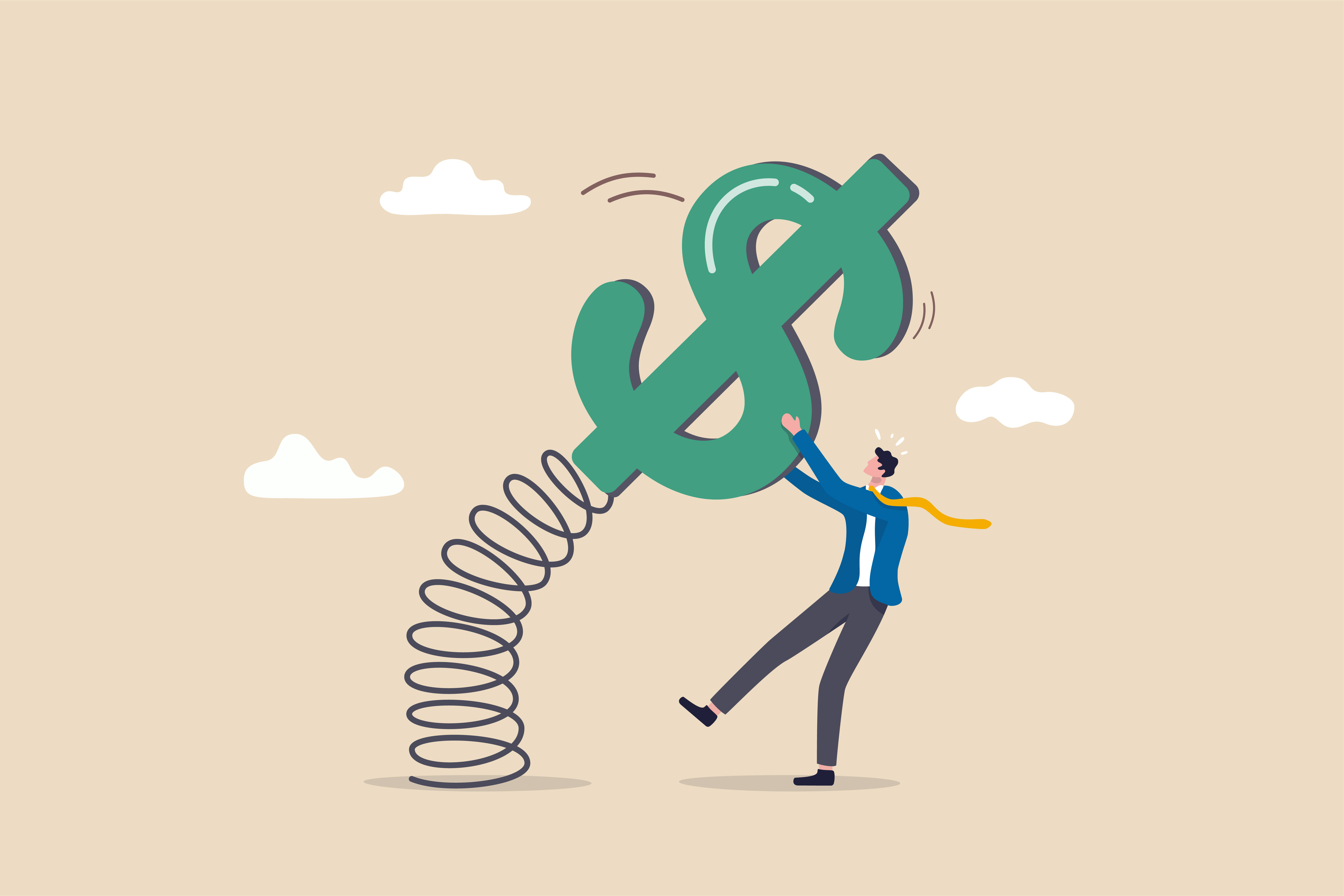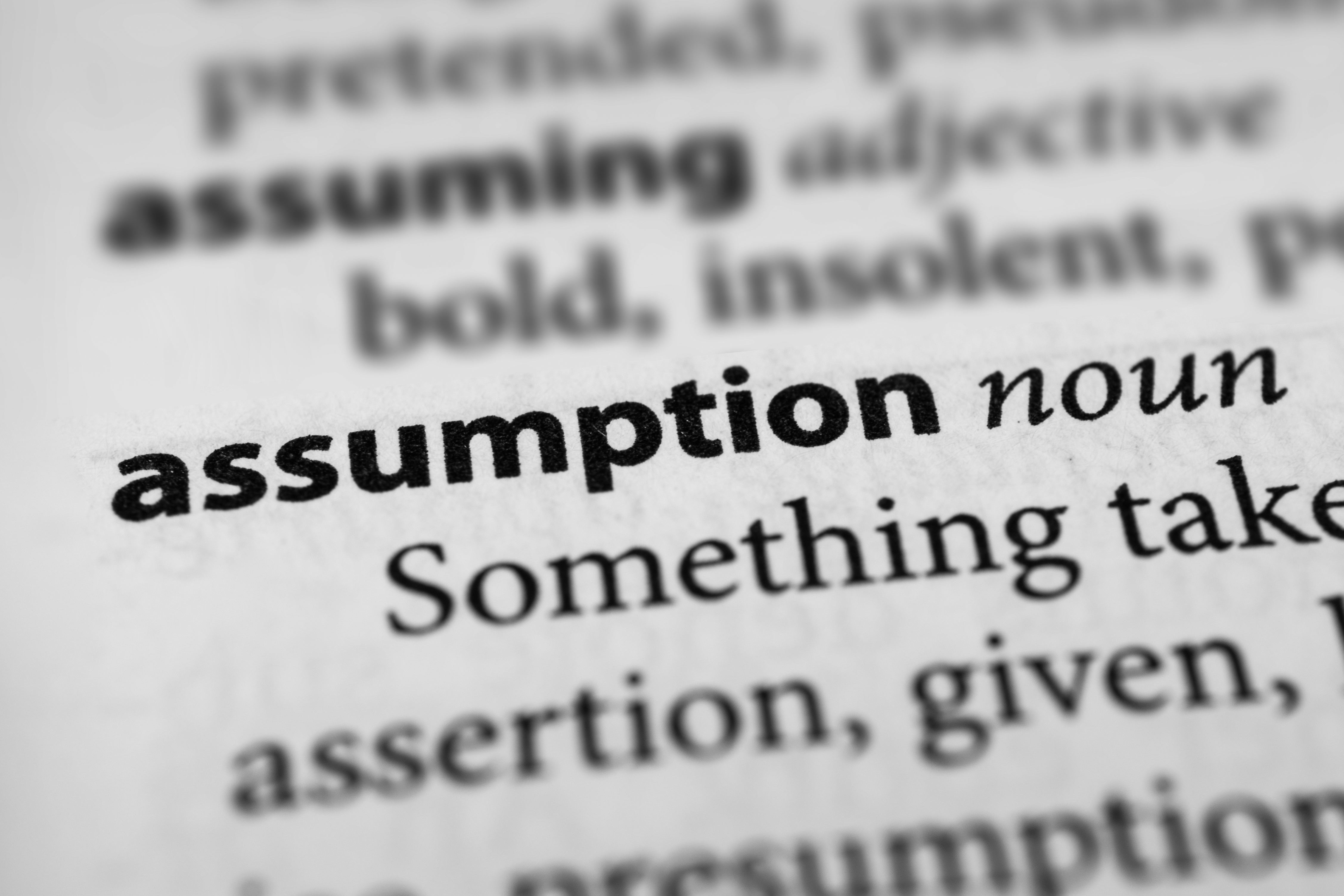As Sacramento returns to work, everyone can agree that policymaking should be based in facts, not false, overblown rhetoric.
To that end, here are four basic facts for legislators to keep in mind when considering California’s energy policies in 2023:
1. THE FACTORS DRIVING HIGH GAS PRICES IN CALIFORNIA ARE NO MYSTERY – AND THEY CAN BE FIXED THROUGH BETTER ENERGY POLICIES.
While Governor Newsom is busy finger pointing and scapegoating, experts and economists have consistently pointed to three factors that are causing high gas prices in the Golden State:
- High taxes and fees
- Expensive environmental mandates, including requirements for refiners to make specific gasoline blends only sold in California
- Policies that limit refining capacity and create a tight market for transportation fuels
The California Business Roundtable recently reported that the state’s energy regulations and policies are costing consumers and businesses $50 billion each year. Yet policymakers refuse to fix the bad policies that are driving costs higher:
“Past investigations have clearly defined the causes of the state’s periodic fuel shortages and price spikes. Rather than deal with these root causes, the state has consistently ignored the results and imposed more taxes and regulations that lead to more and higher price spikes in the future.”
***
2. NEW TAXES OR ‘PENALTIES’ WILL FURTHER DISCOURAGE IN-STATE PRODUCTION AND REFINING CAPACITY – THE OPPOSITE OF WHAT IS NEEDED TO EASE SUPPLY SHORTAGES AND PROTECT AGAINST PRICE VOLATILITY.
Economists have not been shy about pushing back against Newsom’s refinery tax scheme proposal at the heart of the legislature’s special session.
Erich Muehlegger, professor of economics at University of California, Davis, warned that targeting oil company profits could make price spikes at the pump more likely by decreasing the supply of refined fuels coming to market.
UC Berkeley energy economist Severin Borenstein said that he was “worried” Newsom’s proposal would bring back the supply crises of the 1970s, when pumps ran dry and cars lined up around the block for fuel.
Meanwhile, Larry Summers, former Treasury Secretary in the Obama Administration, wondered aloud on Twitter:
“I’m not sure I understand the argument for a windfall profits tax on energy companies. If you reduce profitability, you will discourage investment which is the opposite of our objective.”
And the Editorial Board at Bloomberg warned:
“Energy is a volatile industry. Today’s windfall can easily turn into tomorrow’s wipeout, meaning that occasional years of high profits are essential to meeting future demand … If companies think their profits can be seized whenever a bureaucrat deems them ‘excessive,’ they’ll have less incentive to add capacity.”
All in all, experts are not impressed with Newsom’s “half-formed proposal.”
***
3. CUTTING IN-STATE OIL PRODUCTION DOES NOTHING TO LOWER DEMAND. IT ONLY FORCES CALIFORNIA TO RELY EVEN MORE ON EXPENSIVE FOREIGN IMPORTS FOR BASIC ENERGY NEEDS.
California consumes more than 1.4 million barrels of oil each day while producing less than 350,000 barrels per day.
Faced with those basic figures and their consequences (high fuel costs and price volatility), Newsom has chosen to pursue policies to shut down oil production in the Golden State even further and faster, somehow believing that cutting the supply of oil will magically end the economy’s need for it.
Unfortunately, basic economics tells us that’s not how supply and demand work.
As Stanford University economist Charles D. Kolstad puts it: “If California consumers continue to demand the same amount of gasoline, it will just come from elsewhere.”
Experts agree the transition to the new energy future is going to take decades. Newsom could promote renewables and electric vehicles while also still producing the oil the state needs during the long transition ahead.
Instead, the governor is choosing to shut down production and blindly push California energy policies ahead of our basic energy realities – leaving the state at the mercy of an unstable world for the vast majority of its energy supplies.
***
4. EVEN PRESIDENT BIDEN AGREES WE NEED MORE OIL, NOT LESS.
Throughout 2022, Californians were presented with a baffling split screen.
On one hand, their president viewed a fundamental oil supply shortfall as such a threat that he was begging shady foreign regimes to please keep the oil flowing and draining the nation’s emergency petroleum stockpile to its lowest level in nearly 40 years.
On the other, their governor was doing everything he could to shut down oil production in one of America’s most oil-rich states.
If President Biden knows more oil production is needed to ease gas prices and balance supply and demand, why isn’t California contributing to that effort? Does the president realize there are companies eager to produce more oil in California – under the world’s strongest environmental regulations, no less?
While the U.S. scrambles to protect its energy security, California oil production is down 25% under Newsom, costing the state and the country millions of barrels of badly needed supply that could help ease prices at the pump and protect against volatility.
***
The consequences of Newsom’s failing energy policies are clear: high costs, price volatility, and heavy dependence on foreign oil for basic energy needs.
To lower costs and ease California’s oil supply and refining crunch, Sacramento must change course in 2023.


